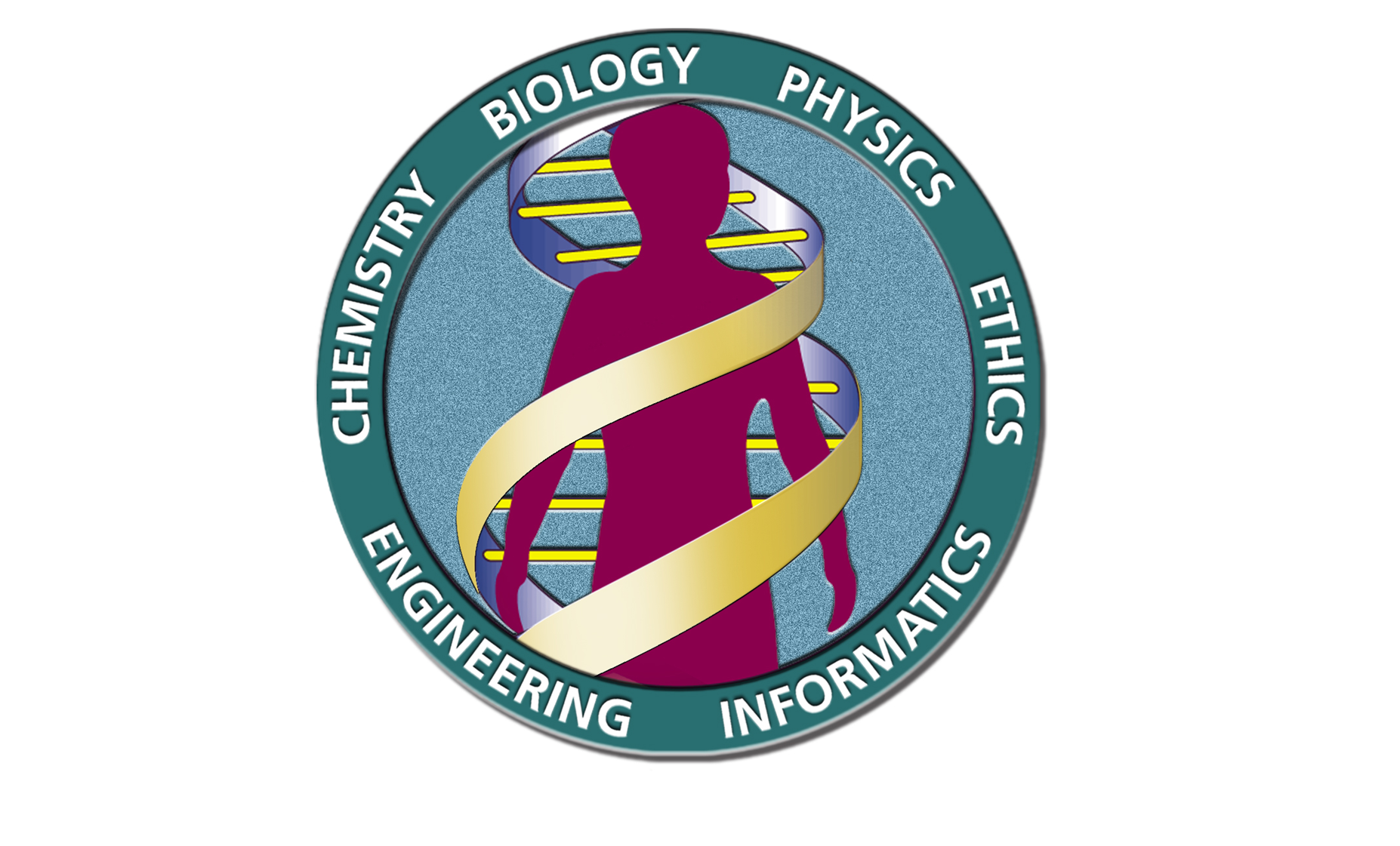Human Genome Project (HGP)
The Human Genome Project (HGP) was an international scientific endeavor that aimed to map and sequence the entire human genome, uncovering the genetic blueprint that governs human life. This monumental project, initiated in 1990, marked a groundbreaking milestone in genetics and biomedical research, revolutionizing our understanding of human biology and disease.
Origins and Objectives
The idea of the Human Genome Project was conceived in the 1980s, driven by the rapid advancements in DNA sequencing technologies and the realization of its potential impact on medicine and biology. The primary objectives of the HGP were:
- Genome Mapping: To create detailed genetic maps that would provide the location and order of genes on each chromosome, aiding in the identification of disease-causing genes.
- Genome Sequencing: To determine the precise sequence of the three billion DNA base pairs in the human genome, unraveling the entire genetic code.
- Understanding Human Genetic Variation: To study human genetic variation and its implications in health, disease susceptibility, and drug response.
International Collaboration
The Human Genome Project was a massive collaborative effort involving scientists and research institutions from around the world. The United States’ National Institutes of Health (NIH) and the Department of Energy (DOE) were significant contributors, along with numerous other countries and private organizations.
Technological Challenges
Sequencing the human genome presented unprecedented technological challenges. Early DNA sequencing methods were slow and laborious, making the entire genome sequence seem like a daunting task. However, advancements in high-throughput DNA sequencing technologies, such as the Sanger sequencing method and later next-generation sequencing, dramatically accelerated the pace of the project.
Major Milestones and Completion
Over the years, the Human Genome Project achieved significant milestones, including the completion of the draft human genome sequence in 2000 and the publication of the final sequence in 2003. The draft sequence covered approximately 90% of the genome, with subsequent refinements bringing it closer to completion.
Impacts and Significance
The Human Genome Project had far-reaching impacts on various aspects of science and medicine:
- Biomedical Research: The availability of the human genome sequence has revolutionized biomedical research, enabling scientists to study the genetic basis of diseases, develop targeted therapies, and gain insights into human evolution and population genetics.
- Personalized Medicine: The project’s findings paved the way for personalized medicine, where treatments are tailored to an individual’s genetic makeup, optimizing efficacy and minimizing side effects.
- Forensics and Anthropology: Human genetic variation studies have implications in forensic investigations and studies of human evolution and migration patterns.
- Bioinformatics and Data Sharing: The HGP fostered the development of bioinformatics, the field of managing and analyzing vast genomic data. It also promoted data sharing to accelerate research globally.
Continuing Genomic Research
The completion of the Human Genome Project marked the beginning of a new era in genomic research. Subsequent advancements in DNA sequencing technologies have made genome sequencing faster, more affordable, and accessible. Projects like the 1000 Genomes Project and the ongoing efforts by the International Human Epigenome Consortium (IHEC) continue to enhance our understanding of the human genome and its functional elements.


